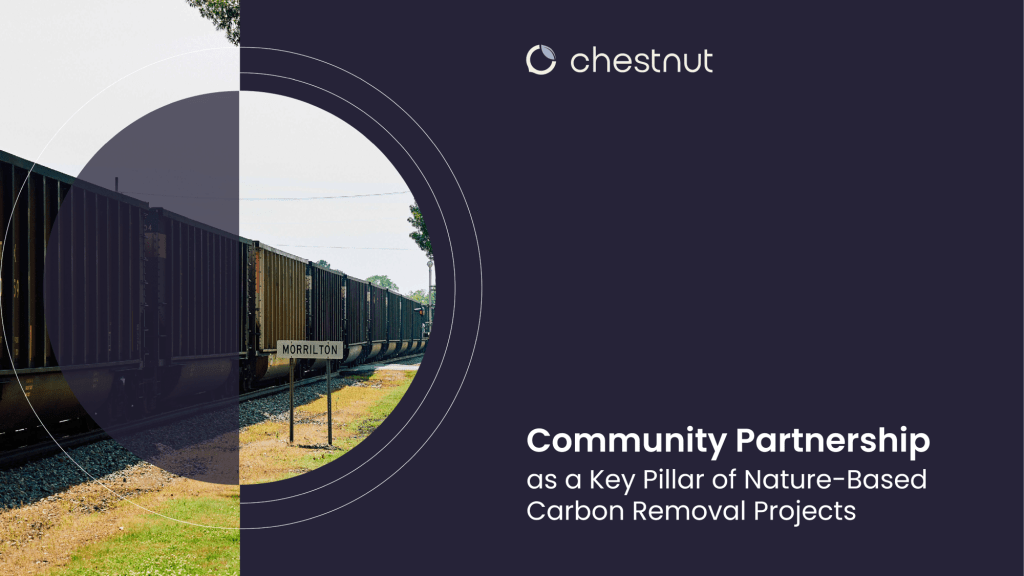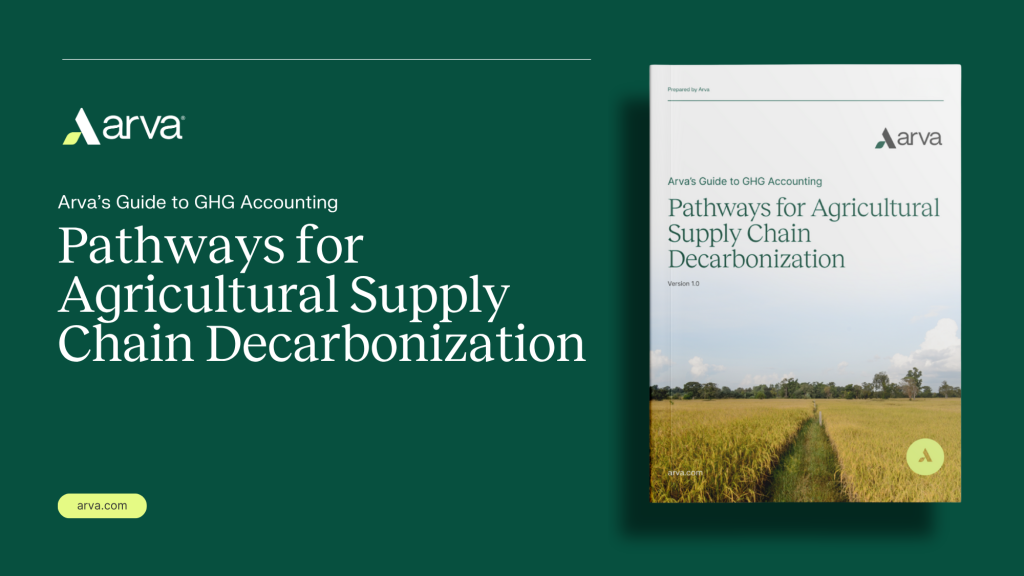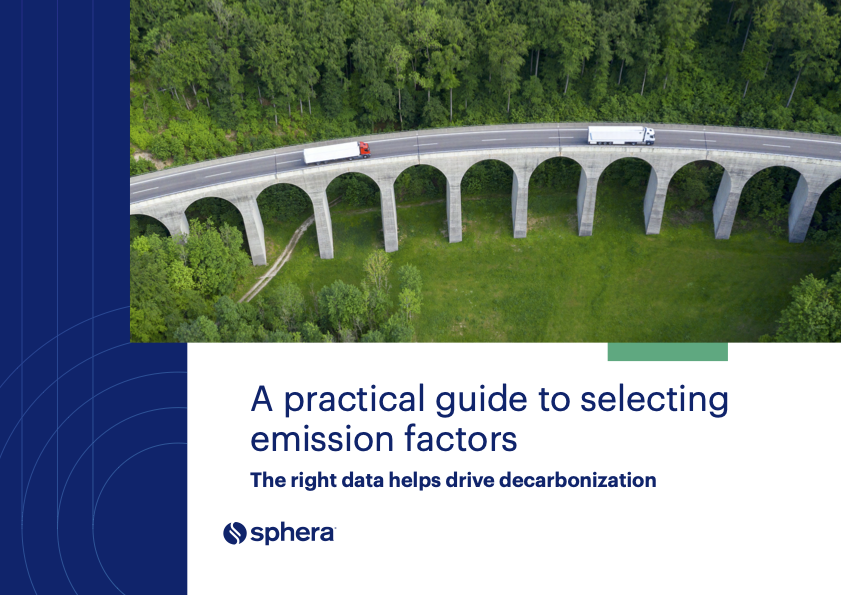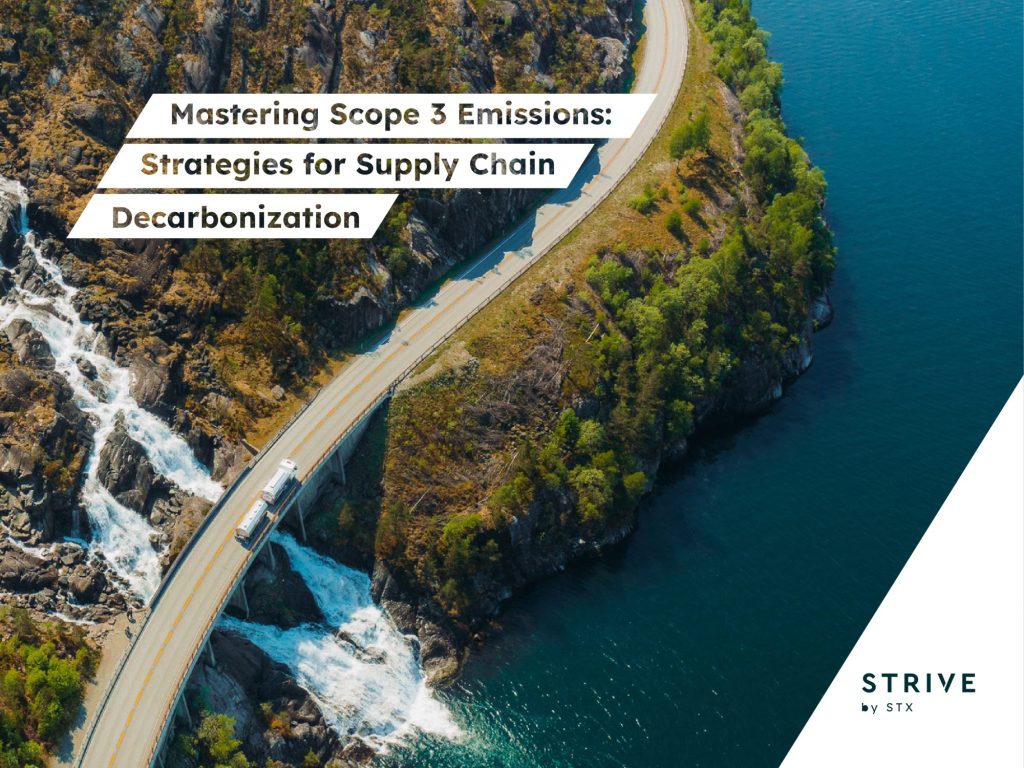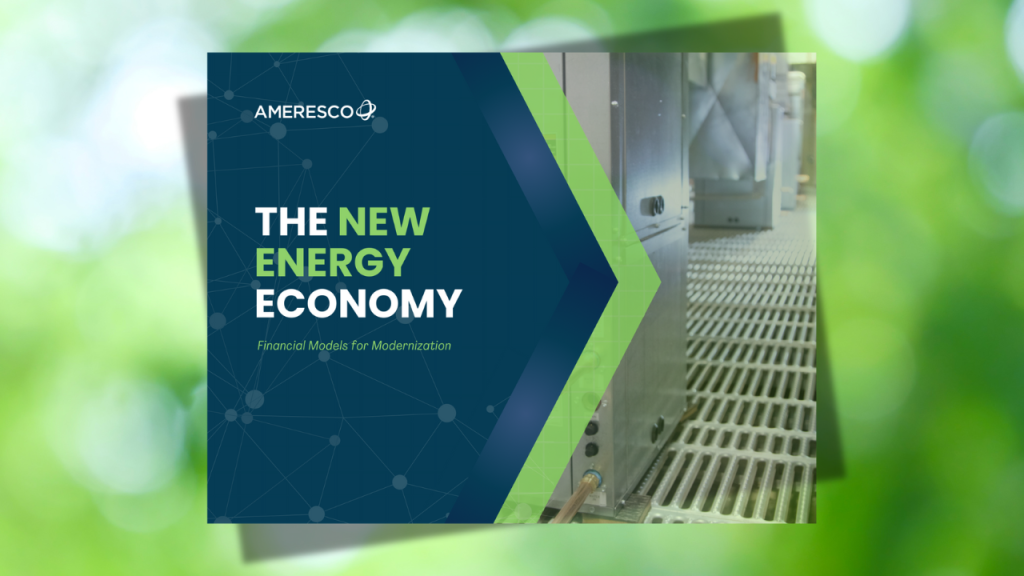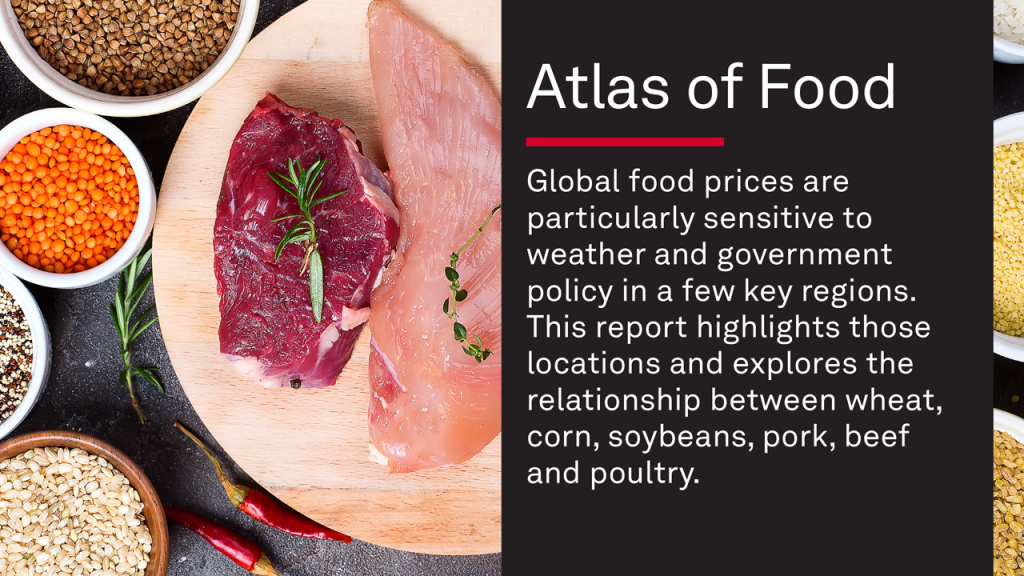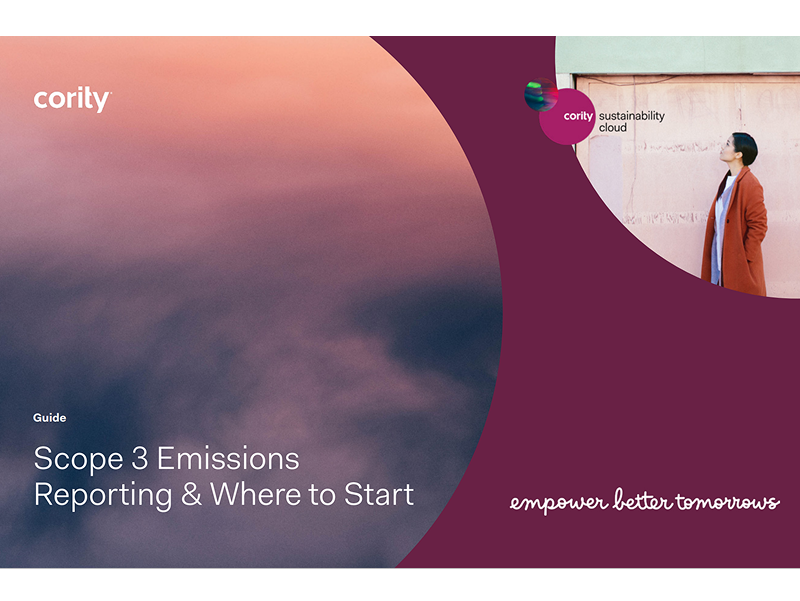The engagement challenge: Can pledges change behavior?
How do you get employees to move from thinking about environmental sustainability issues to taking action? Read More
It’s a challenge for many sustainability executives – getting employees to move from thinking about environmental sustainability issues to taking action. It’s the same for our nation’s mayors as well as they seek to challenge their residents to conserve water and energy, and protect local ecosystems. That’s why we’ve evaluated recent research that studied the results from hundreds of environmental campaigns and experiments to determine what makes a campaign successful. We’re leveraging these insights as we get set to launch the 2013 National Mayor’s Challenge for Water Conservation.
The challenge offers insight into how to successfully engage people when it comes to environmental issues. It turns out that it also offers a ready-made platform to engage your employees to support these efforts and help their communities as well.
Designing an Effective Campaign
The Mayor’s Challenge is designed to provide broad and long-lasting benefits to consumers, communities and the global environment. The pledges that consumers are asked to make in the National Mayor’s Challenge for Water Conservation may seem simple. Yet they have been carefully designed to reap rewards for individuals and their communities and make a significant positive impact on the environment. Here are the eight keys to a successful campaign.
-
Easy: The requested change in behaviors must be easy to understand and do. The total time required for registration, reading and pledging is about 5-10 minutes.
-
Justifications: Providing the reasons for performing a specific behavior is an effective persuasion technique for long-lasting change. The challenge provides an explanation of the benefits and background for each pledge as well as links to references to learn more.
-
Feedback: Offering a way to measure the results of the behavior change provides a motivation to perform. Several of the pledges will result in direct reduction of water use by participants. The benefits can be seen quickly in monthly water bills.
-
Rewards: Incentives for participating in a campaign are effective for maximizing participation. Competition and rewards are key components of the National Mayor’s Challenge for Water Conservation. Competition between cities motivates citizens to participate to help their city win first place. Participants are able to win tangible rewards in the form of prizes ranging from a Toyota Prius c to products from Lowe’s.
-
Social Modeling: Campaigns that include public role models are effective in encouraging others to engage in the new environmental behavior. Public engagement of Mayors is the cornerstone of this challenge and provides testimony that the behavior changes are valuable to communities.
-
Cognitive Dissonance: Connecting with the preexisting beliefs in a consumer’s conscience is an effective way to promote and support new behaviors. We believe that most consumers have an understanding that waste and pollution generally have bad effects on themselves and their communities. We’ve designed the pledges to be easily understood as good behaviors that minimize waste and pollution. Most consumers will have an awareness of the good drivers behind the pledges due to previous education and experiences. We’ve also included a few “stretch” pledges that may be new concepts to consumers.
-
Commitment: Asking participants to make a commitment promotes long-term success. The on-line pledge system requires participants to register and check a box for each pledge.
- Goals: Specific, measurable targets promote changes in behavior. Several of the pledges require specific behaviors to complete. For example, the Mayor’s pledge requires completion of WaterMatch profiles for their community’s wastewater treatment plants.
Each of the elements plays a part in implementing a successful campaign to change environmental behaviors. Integrated together into one campaign as we have done in the National Mayor’s Challenge for Water Conservation, the elements have proven to have long-lasting impacts.
We’re doing this because the pledges add up. Last year, residents from 1,000 cities in all 50 states made online pledges to save a total of 4.7 billion gallons of water during 2012, with a potential cost savings of $11.6 million.
What inspires you to action?
Photo by Dennis Owusu-Ansah/Shutterstock

Subscribe to Trellis Briefing
Featured Reports

The Premier Event for Sustainable Business Leaders


